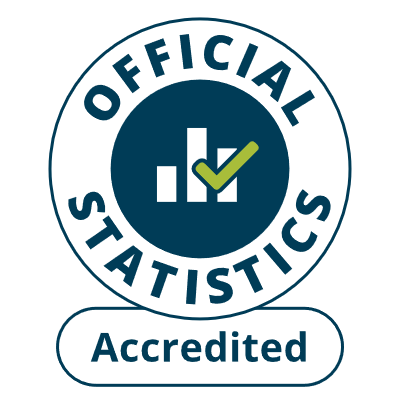
 Pupils who were repeat absentees - Indicator data by Local Authority
Pupils who were repeat absentees - Indicator data by Local Authority
None
|
|||||||||||||||||||||||||||||||||||||||||||||||||||||||||||||||||||||||||||||||||||||||||||||||
Metadata
- Summary information
- High level information
- Statistical quality information
- Weblinks
- Keywords
- Open Data
General description
The data here shows indicator data (that underlies the Welsh Index of Multiple Deprivation or WIMD), broken down by age.WIMD is the Welsh Government’s official measure of relative deprivation for small areas in Wales. It is designed to identify small areas where there are the highest concentrations of several different types of deprivation.
The full index is only updated every 4 to 5 years but some of the indicators are updated in the interim period.
Most indicators are available down to Lower Super Output Area level. This is a geography that is built from census data – it aims to outline small areas with a population between 1,000 and 3,000 people.
Data collection and calculation
There are various different methods for the different indicators – please see the WIMD 2019 Technical Report on the weblinks tab for more information.Data reference periods
The reference periods differ across the indicators - please see the WIMD 2019 Technical Report on the weblinks tab for more information.Users, uses and context
Please see the WIMD 2019 Publication on the weblinks tab for more information on users and uses and context.Rounding applied
Please see the WIMD 2019 Technical Report on the weblinks tab for more information.Please see WIMD: A guide to analysing indicator data on the weblinks tab for more information on rounding and disclosure control.






 Primary School
Primary School